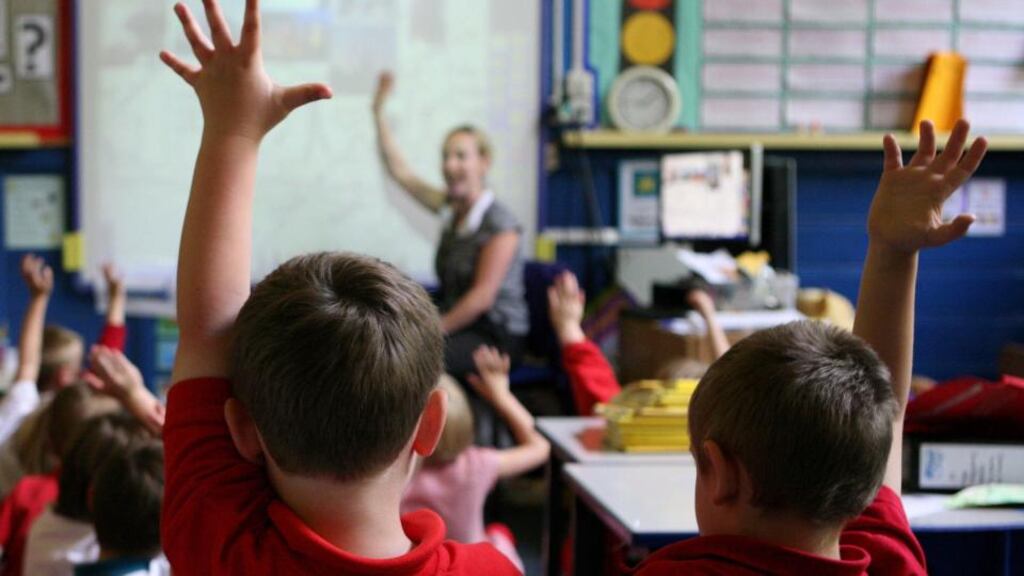A new report on the provision of special classes for children with autism and other learning disabilities has called for greater flexibility in arrangements so they don’t become segregated from other students.
The report 'Understanding Special Class Provision in Ireland', conducted by researchers at the ESRI and Trinity College Dublin, notes a major increase in the provision of such classes but also a "wide variation" in how they are managed at primary and post-primary levels.
“Allocation to a special class appears to be a relatively permanent arrangement,” the authors note. “Where mobility into mainstream classes does occur, teachers’ own judgements are paramount, although some schools, particularly post-primary, seem responsive to student and parent preferences in this regard.”
External advice from agencies like the National Educational Psychological Service “does not appear to figure highly in decision-making on moving out of special classes”, it continues. “This evidence points to the need for schools to be encouraged and facilitated in allowing greater flexibility in frequency and opportunity for young people to transition into and out of special class settings according to their needs.”
The report, conducted for the National Council for Special Education (NCSE), notes that the role of class placement has been a "dominant theme" in education research internationally. But little attention has been given specifically to the role of special classes for students with special educational needs in mainstream schools in the context of inclusivity.
The authors also note some divergence in course teaching and learning practices, citing the fact that “Irish is not taught in the vast majority of primary special classes. This follows through to post-primary where those in special classes are typically not offered Irish as a subject.”
The report shows that significantly more special classes are opening each year recently compared to two decades ago. This is particularly marked at post-primary level where over half of classes were established between 2009-2011.
In the 1990s, primary schools were opening eight special classes per year compared to 25-28 classes per year from 2009- 2011. At post-primary level, two classes per year were opening in the 1990s compared to 50-67 classes per year from 2009- 2011.
The survey shows that classes specifically for students with autism are now the dominant form of special class provision at primary level; 60 per cent of special classes cater for these students. 14 per cent of primary special classes are for students with mild general learning disabilities and 11 per cent for students with specific speech and language disorders.
At post primary the picture is different; with 22 per cent of classes for students with mild general learning disabilities, 19 per cent for those with autism and 19 per cent of classes have no specific designation but cater for a variety educational and learning needs.
Jennifer Doran, NCSE Head of Research said: “Special classes are an important school placement option for some students with special educational needs, who can find full-time placement in mainstream classes to be challenging. It’s encouraging to see more schools respond positively to the needs of children in their communities by opening special classes.”
Noting that the report “highlights some interesting findings and some marked differences in provision between primary and post-primary schools”, Ms Doran said a follow-up study planned to look in more detail at student and school characteristics “and how students are faring”.
The findings from this part of the study will be available in 2015.













